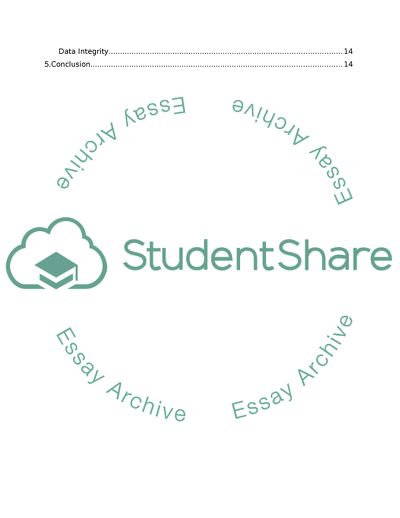Cite this document
(Governance and Service Level Agreement Issues in a Cloud Environment Coursework Example | Topics and Well Written Essays - 3500 words, n.d.)
Governance and Service Level Agreement Issues in a Cloud Environment Coursework Example | Topics and Well Written Essays - 3500 words. https://studentshare.org/information-technology/1809344-service-level-agreement-and-governance-for-cloud-computing
Governance and Service Level Agreement Issues in a Cloud Environment Coursework Example | Topics and Well Written Essays - 3500 words. https://studentshare.org/information-technology/1809344-service-level-agreement-and-governance-for-cloud-computing
(Governance and Service Level Agreement Issues in a Cloud Environment Coursework Example | Topics and Well Written Essays - 3500 Words)
Governance and Service Level Agreement Issues in a Cloud Environment Coursework Example | Topics and Well Written Essays - 3500 Words. https://studentshare.org/information-technology/1809344-service-level-agreement-and-governance-for-cloud-computing.
Governance and Service Level Agreement Issues in a Cloud Environment Coursework Example | Topics and Well Written Essays - 3500 Words. https://studentshare.org/information-technology/1809344-service-level-agreement-and-governance-for-cloud-computing.
“Governance and Service Level Agreement Issues in a Cloud Environment Coursework Example | Topics and Well Written Essays - 3500 Words”. https://studentshare.org/information-technology/1809344-service-level-agreement-and-governance-for-cloud-computing.


